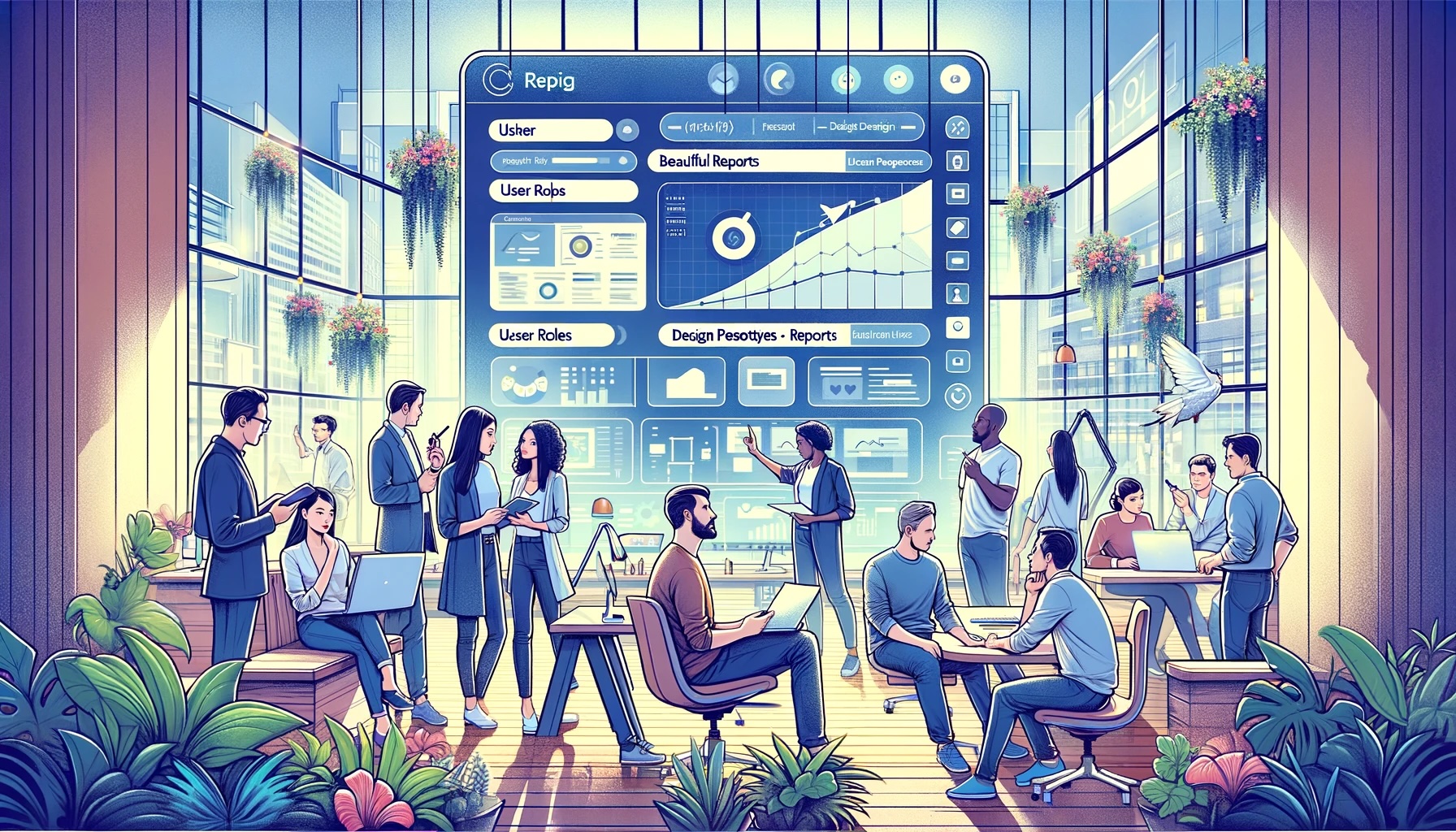Introduction:
In user experience (UX) design, precision in execution and clarity in communication are paramount. This extended discussion delves into how leveraging advanced UX design tools, fostering robust stakeholder communication, and employing sophisticated project management techniques can elevate the success of UX projects.
The Critical Role of Effective Stakeholder Communication:
Effective communication with stakeholders is not merely a supplementary aspect of UX design; it is foundational. Stakeholders provide the necessary context and expectations that guide the design process. Employing dedicated communication tools that facilitate discussions, gather feedback, and maintain continuous engagement can transform the outcome of UX projects. These tools help form a bridge between technical teams and non-technical stakeholders, ensuring everyone is on the same page.
Empowering UX Design Teams with Specialized Tools:
To create impactful user experiences, UX teams require versatile and powerful tools. The right tools can make a significant difference, from sketching initial ideas to refining user interfaces. These include comprehensive design platforms that directly integrate prototyping, user testing, and feedback mechanisms into the workflow. Using these tools speeds up the design process and enhances the final product’s quality.
Project Management Tools: Elevating Efficiency and Accountability:
Project management tools are vital in orchestrating complex UX projects. These tools help track progress, manage deadlines, and allocate resources efficiently. Moreover, they offer transparency into the project’s progress for all stakeholders, which is crucial for maintaining trust and accountability. Advanced project management software can also predict potential bottlenecks and provide solutions, ensuring that projects remain agile and adaptable.
The Transformative Impact of UX Reports and Analytics:
UX reports are not just summaries of what has been accomplished; they are insightful analyses offering deep insights into user interactions, design effectiveness, and overall usability. UX reporting tools that can automate data collection and generate detailed analytics play a crucial role. These reports are essential for understanding the user experience and making informed decisions based on empirical data.
Exploring Alternative Perspectives:
While the emphasis on advanced tools and structured communication is prevalent, it’s also valuable to consider a lean approach. Some argue that too much reliance on sophisticated tools and rigid processes can stifle creativity and lead to over-engineering solutions. Instead, a more flexible and adaptive approach, where feedback is gathered informally, and designs are iterated rapidly, might better suit fast-paced, innovative environments.
Conclusion:
Integrating cutting-edge UX design tools, strategic stakeholder communication, and effective project management practices is essential for the success of UX projects. However, balancing these elements with the need for creativity and adaptability is crucial, ensuring that UX designs remain user-centric and practical.
Explore our website for more insights and tools tailored to enhance your UX design process, and join us in transforming user experiences through technology and collaboration.



